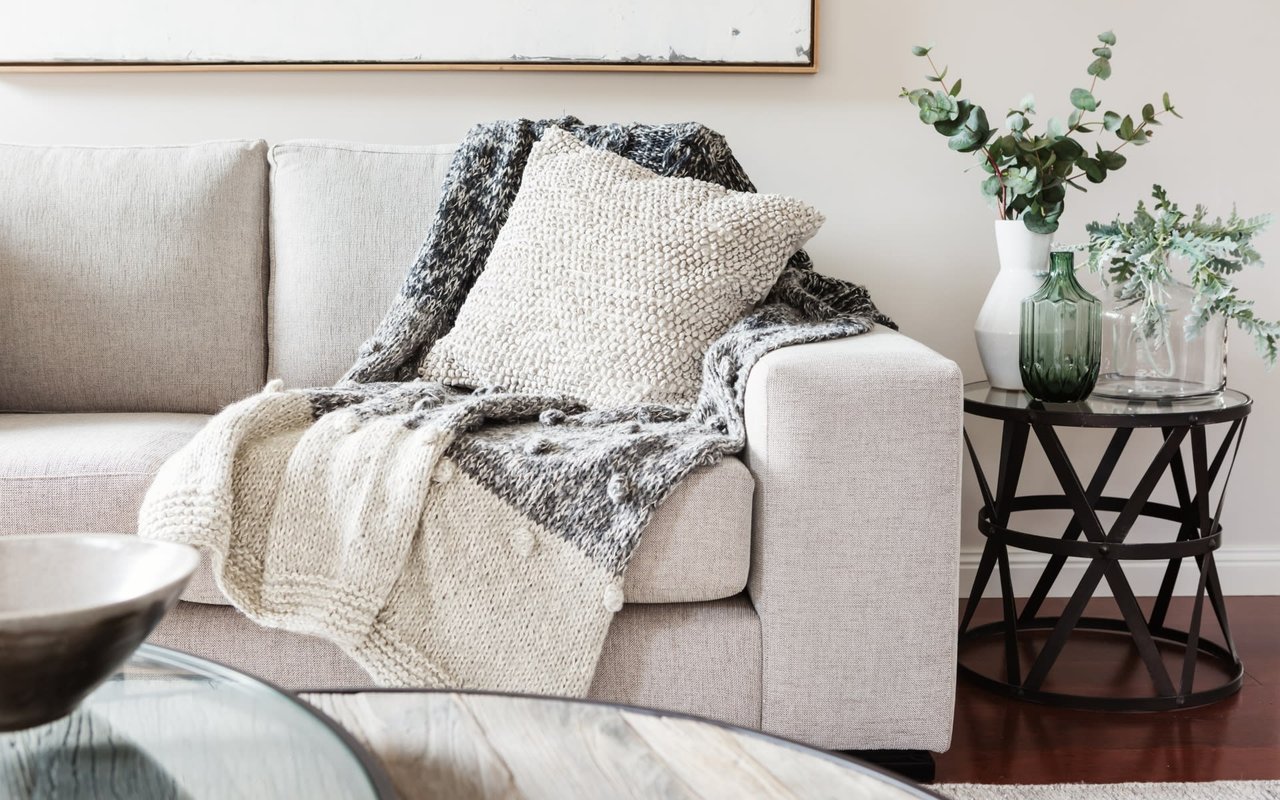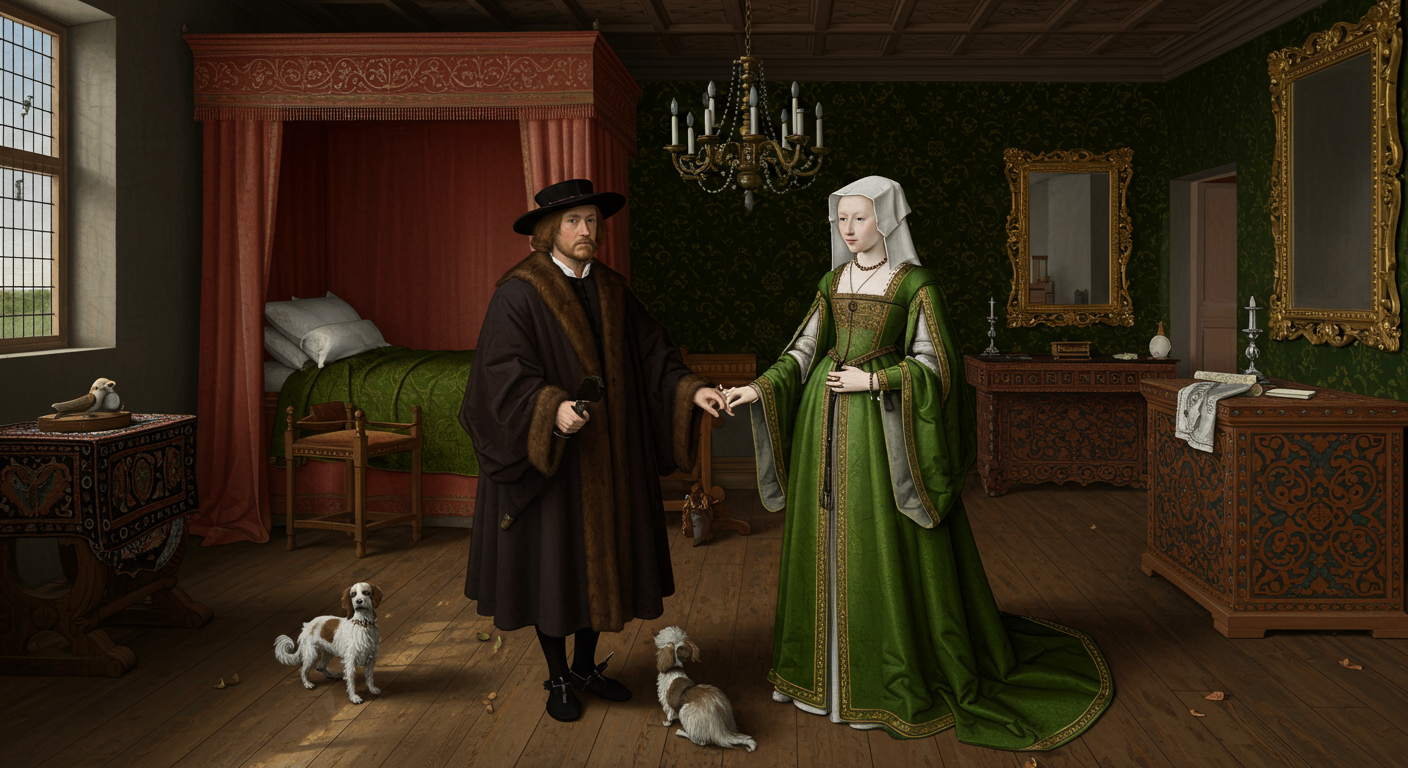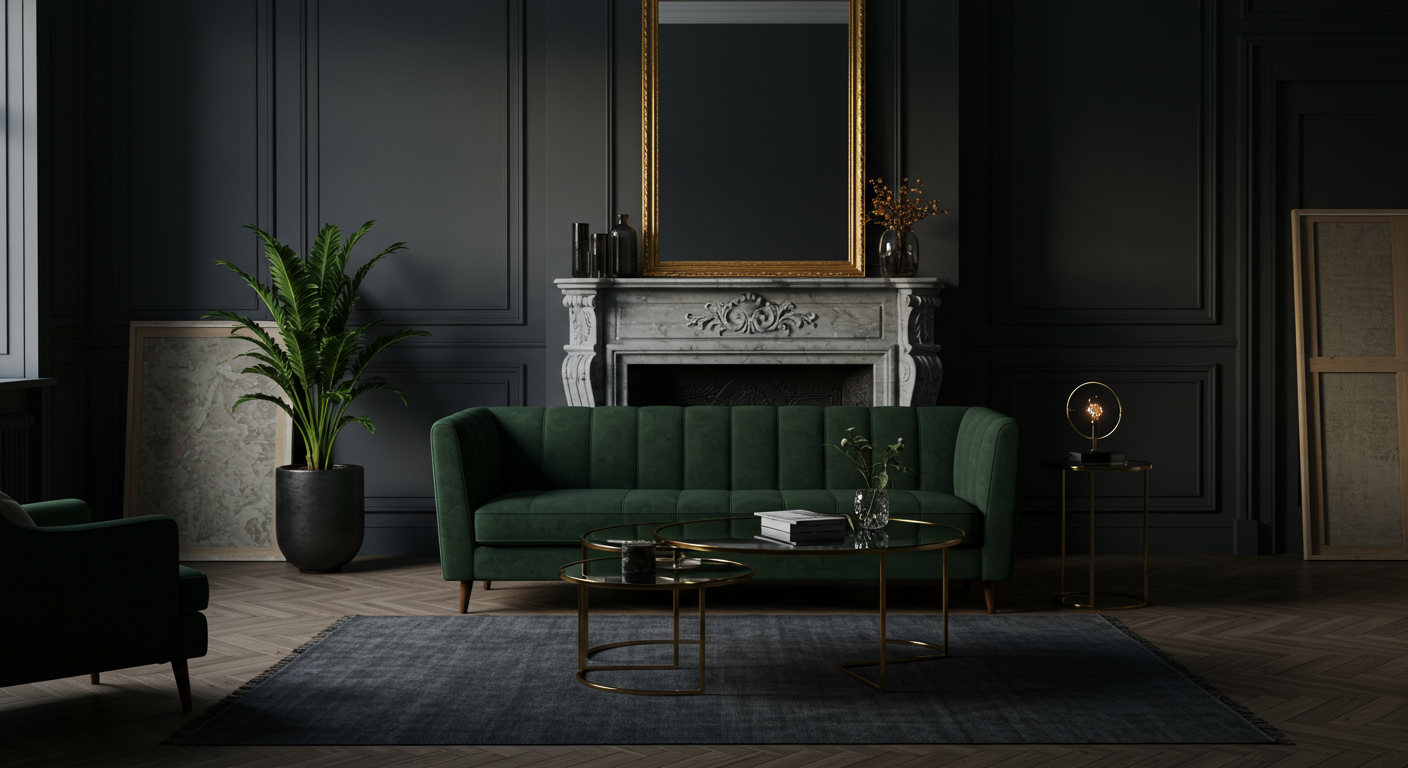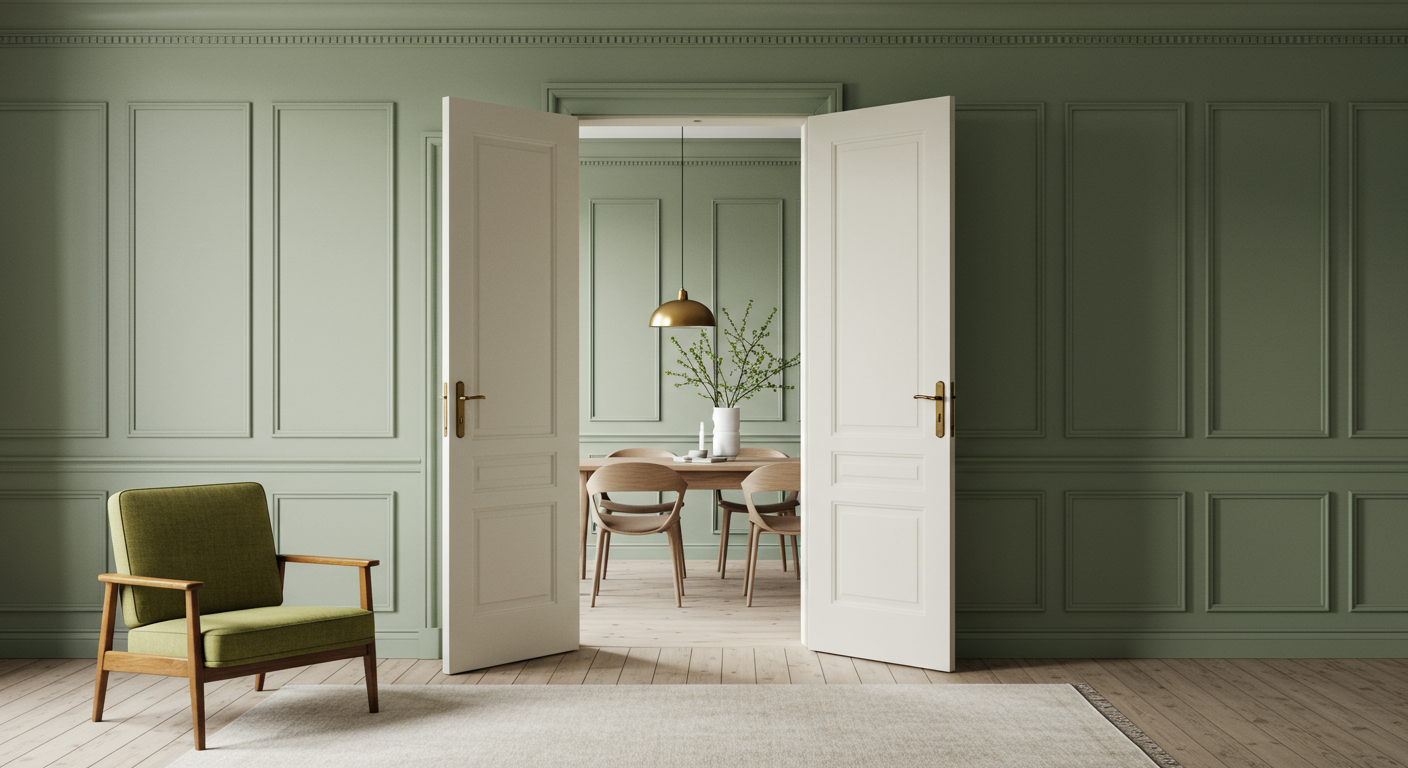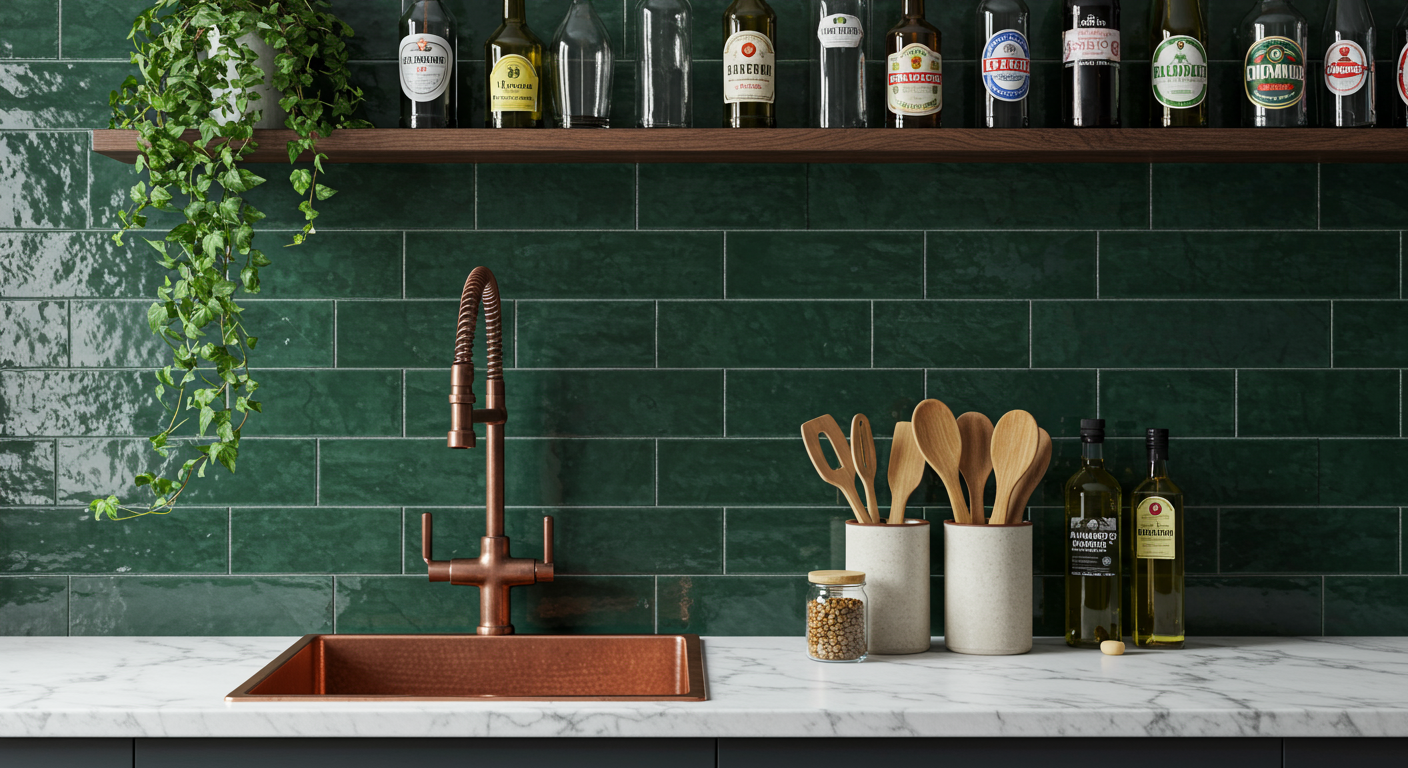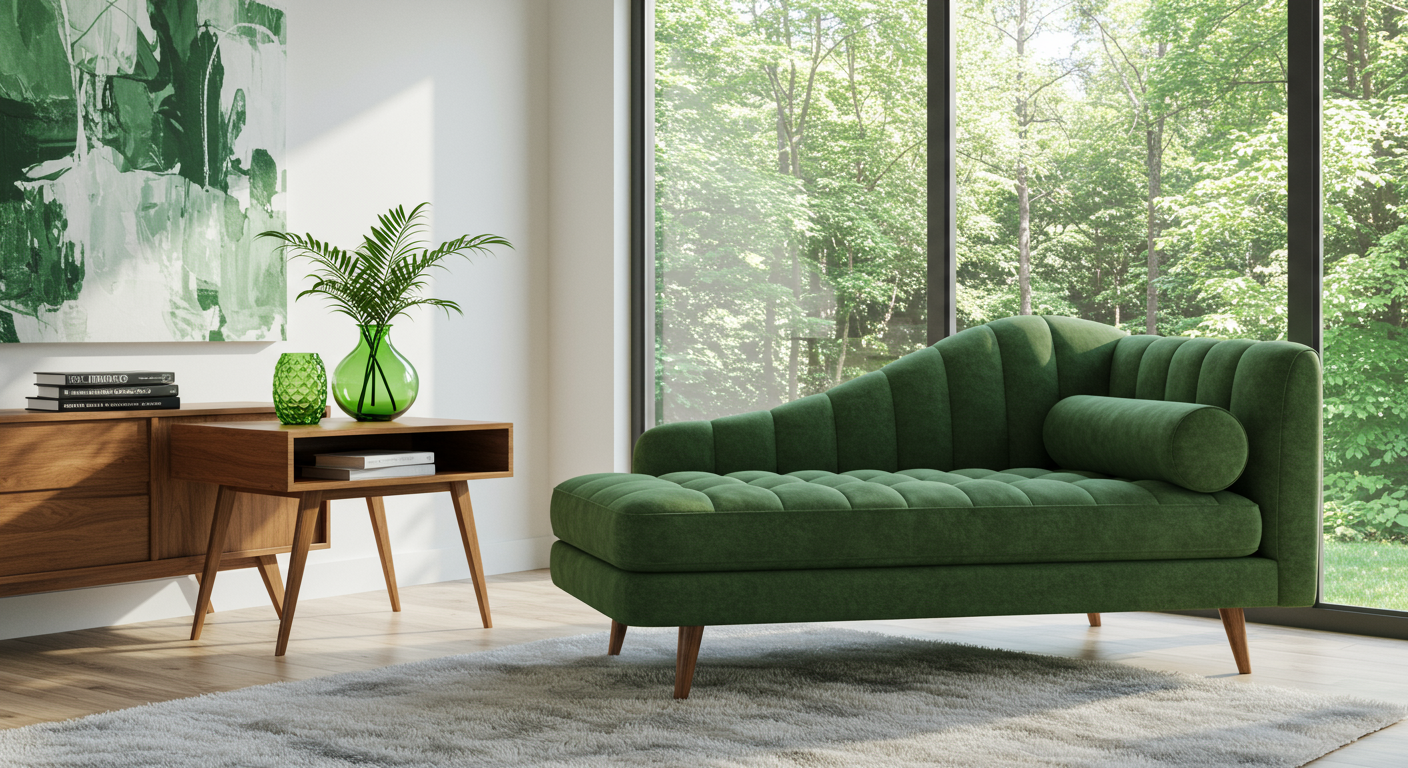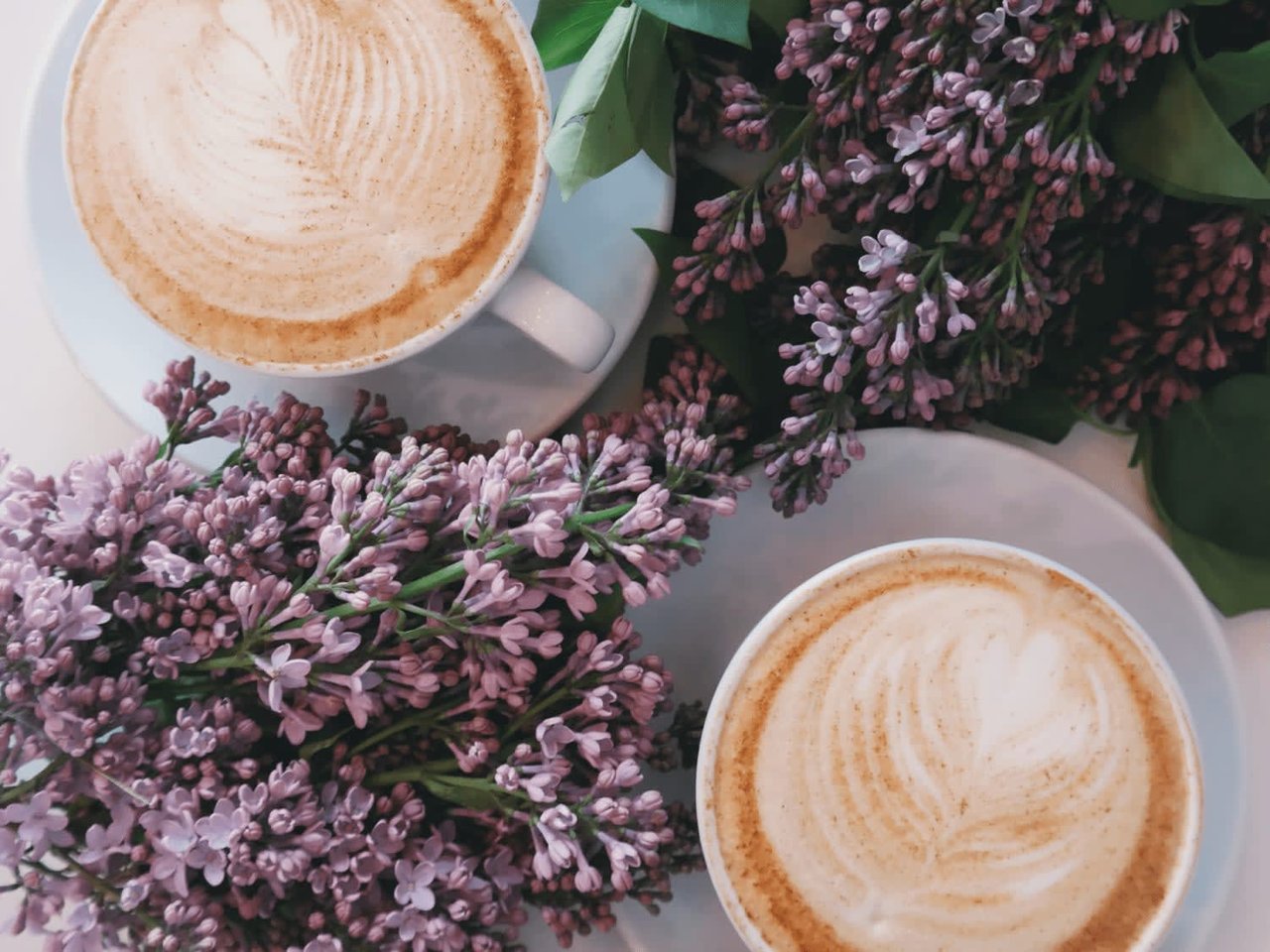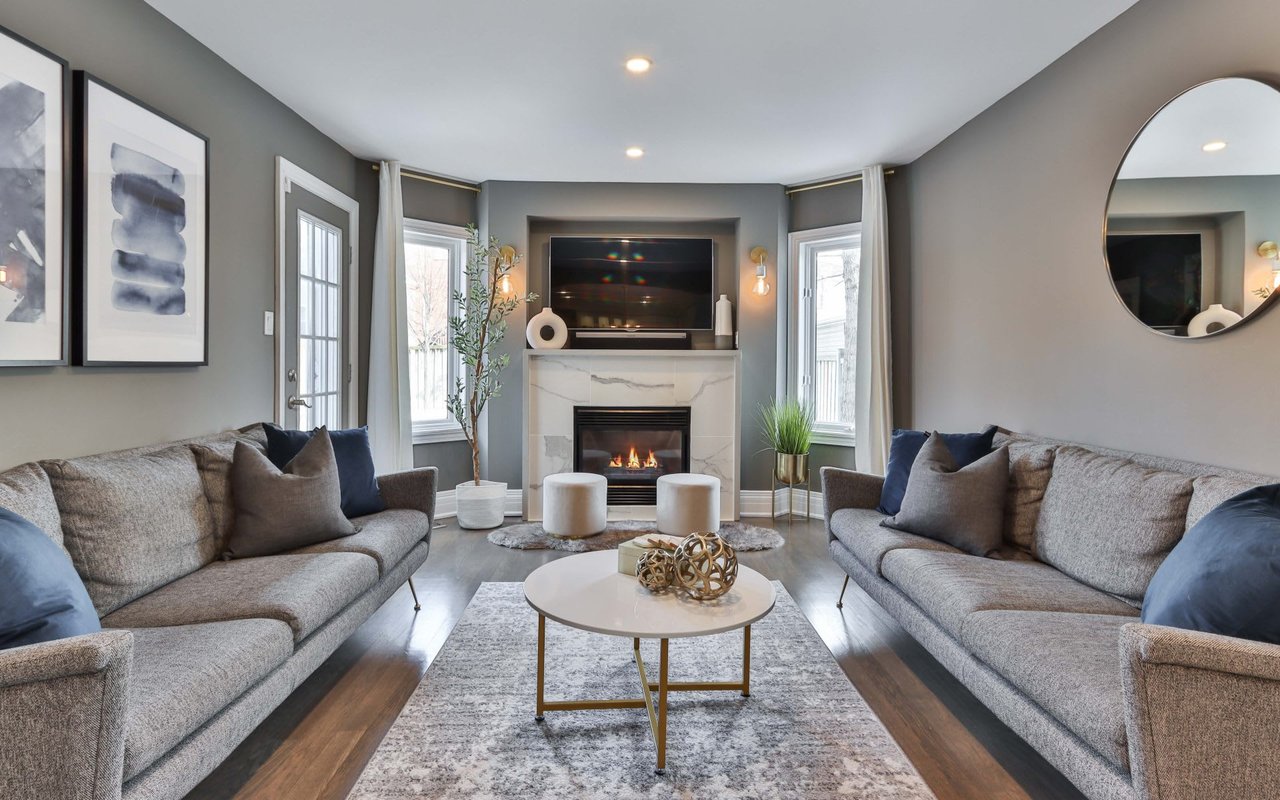From ancient works of art, to the latest interior design trend, to the holiday that inspires the Chicago River to run green each year, this particular color holds a special significance in all our lives. In honor of St. Patrick’s Day, we are taking a closer look at the origins of the color green and why it still has an important place in many cultures and artistic tendencies today. Put on your best pop of green and read on for the history and psychology of this iconic color!
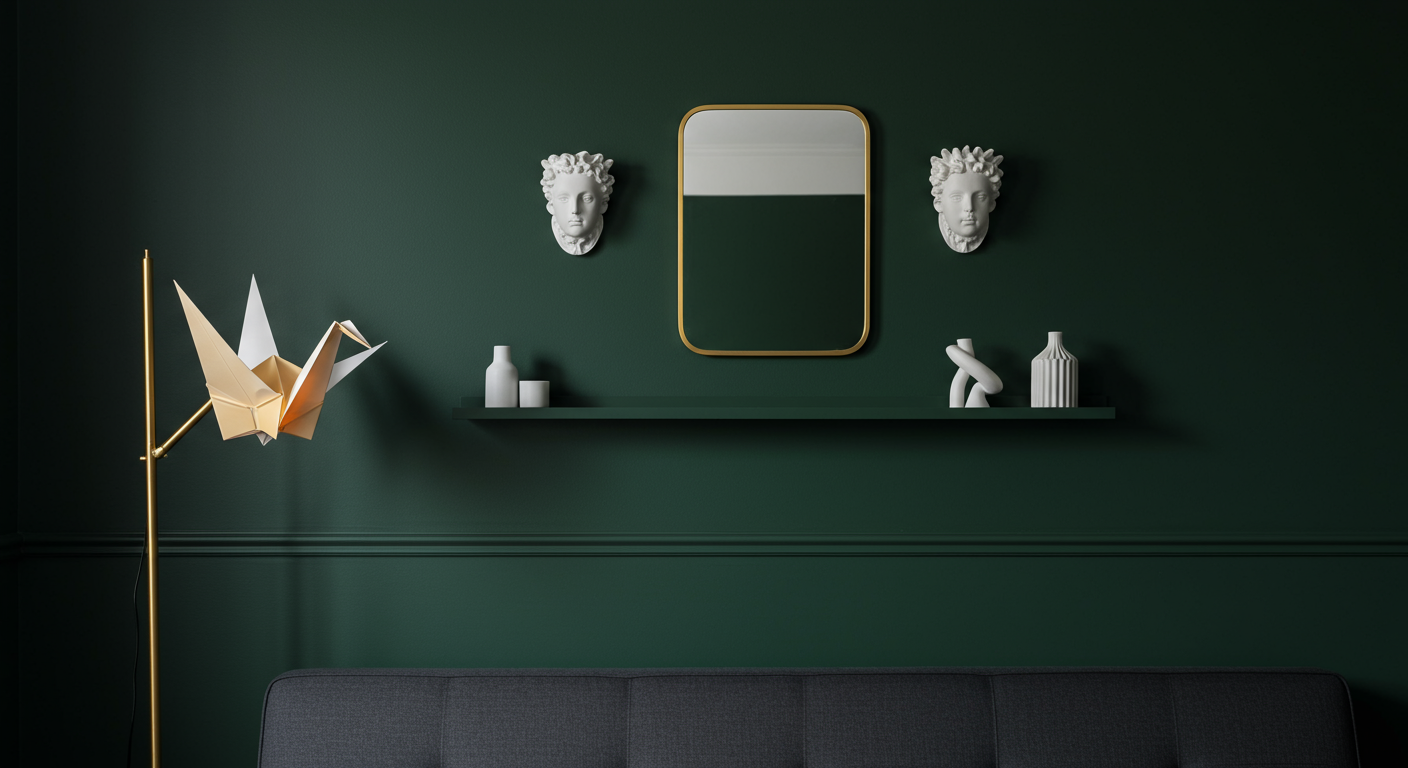
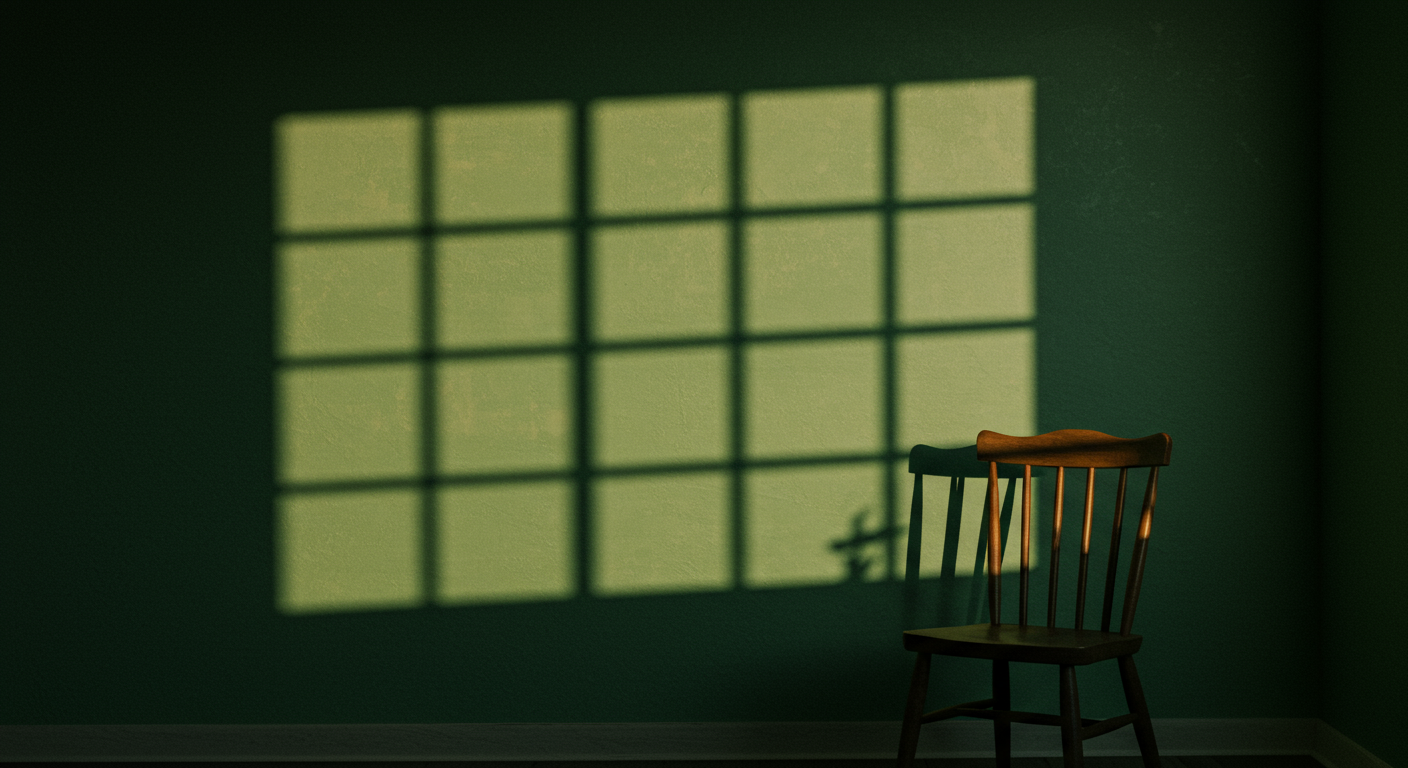
The History of Green
Green began as one of the most natural colors of our world, appearing chiefly in plants and trees and occasionally in the animal kingdom as well. For many early cultures, the color green symbolized growth, rebirth, and regeneration through its association to nature, and thus was highly sought-after in art and other uses. However, despite its prevalence in the natural world, green pigment was difficult to recreate for some time.
Ancient Egyptian artists managed to create one of the first green pigments by grinding up malachite, a copper mineral, which was used liberally in tomb decoration but eventually fell out of use after it was discovered that the pigment oxidized black over time. Ancient Romans also used copper in their green pigments, soaking copper plates in wine to create verdigris— a pigment that resembles the cool green patina on antique metal. Other materials used before the 16th century to create dyes were ferns, plantains, and buckthorn berries, but these pigments faded easily and were mostly used in clothing worn by the developing middle class that couldn’t afford expensive dyes.
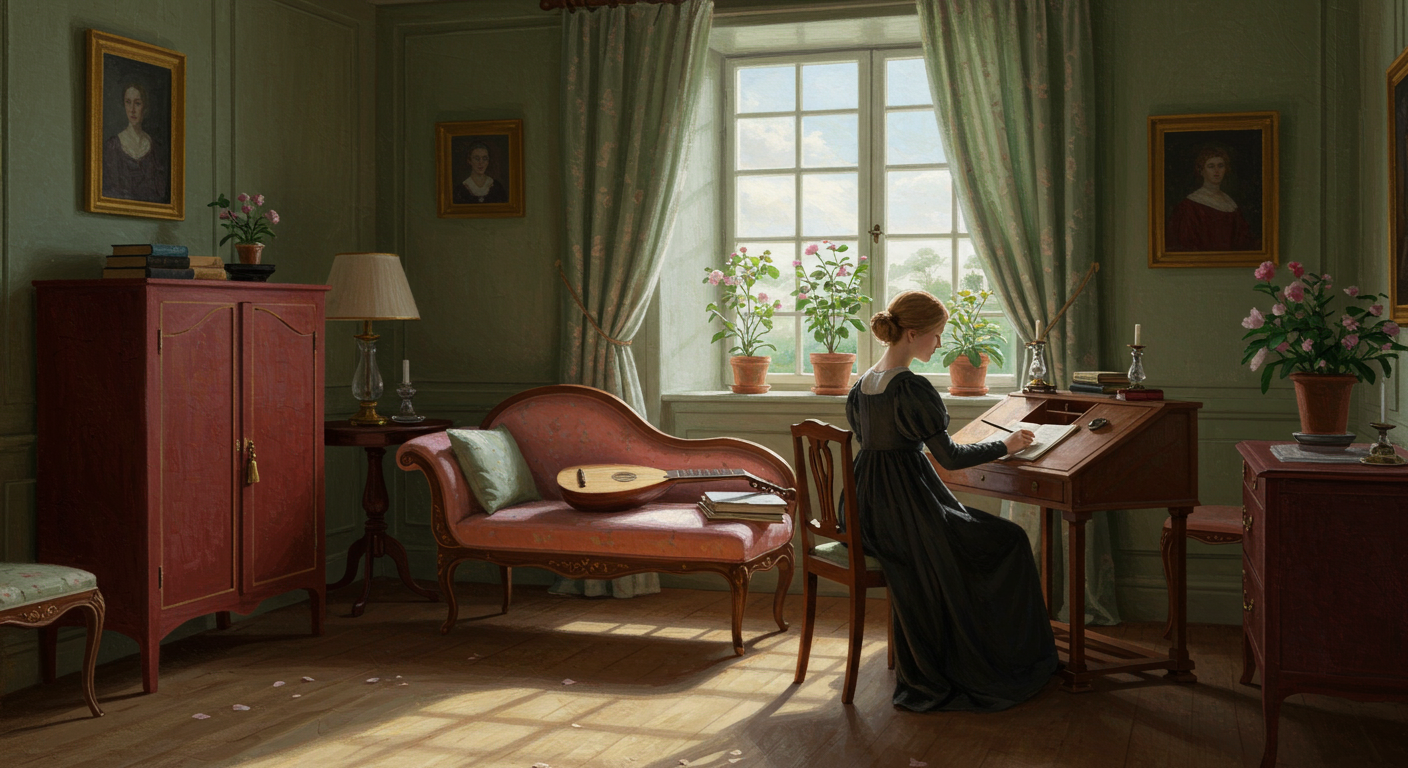
Embroidery Woman (1817) by Georg Friedrich Kersting | Source
In the 18th and 19th centuries, green dyes and pigments were developed using chemicals such as arsenite, a chemical compound of arsenic, which produced a rich and beautiful color while also being quite toxic. These pigments, chiefly Scheele Green and Paris Green, were used in paintings, curtains, clothing, and more, and are suspected to have caused a number of illnesses during that time including the maladies of many Impressionist artists who used Paris Green in their works. Today, two of the most popular synthetic green pigments—Pigment Green 7, and Pigment Green 36—utilize chlorine for color and thus are not used on any product that could possibly be ingested.
Over the centuries, the color green has come to see special significance in many cultures, religions, and nations. For instance, green has special significance in Islam and is used in many national flags that are associated with Islamic tradition. Ireland is also well-known for heavily associating with the color green, partly due to the Roman Catholic Church’s use of the color and partially because of the lush green landscapes of the region. The long-standing tradition of wearing green on St. Patrick’s Day stems from the shamrock or three-leafed clover that the patron saint of Ireland used in his teachings.
The Psychology of Green
Green is considered the most calming and restful color of the spectrum for many reasons. Since it is one of the most widely-viewed colors in nature, it evokes a sense of balance and health that humans find especially pleasant. Green is also situated in the middle of the color spectrum, giving it a harmonious feeling compared to the more drastic colors on either end of the spectrum.
Scientific studies have also shown that seeing the color green is linked to enhanced creative thinking: a study led by Sylvia Studente in 2015 showed that in a classroom setting, visual creativity is increased when students are exposed to natural views, plants, and the color green in general. Green’s association with growth, renewal, and fertility make it the ideal choice for fostering an environment where ideas can grow and thrive without limits.
In interior design, certain shades of green can be used to achieve a desired psychological effect. For instance, light and semi-saturated greens such as sage are perfect for spaces in which calm, balance, and focus are needed to accomplish the day’s tasks or socialize with others. For spaces in the home where a more vibrant energy is needed, use a more saturated and classic tone such as Kelly green. Lighter shades of green also make spaces seem larger than they really are, and cool-toned greens make one feel cooler in rooms that are otherwise quite warm, such as a sunroom.
Most neutral shades of green are universally loved by all, and are perfect for a quick repainting project or when prepping a home to sell. For furniture and textiles, rich and dark forest or jungle greens are both trendy and classic, and can add an air of sophistication and luxury to a space. Accent decor in bright mint or jadeite tones is perfect for attracting attention or creating a focal point in the home, while calmer shades such as sage or dusty green offer a peaceful yet attractive alternative to white or beige cabinetry. With almost any kind of green, experimenting with texture and shape in the pieces you select can bring the wonderfully tactile feel of nature to any decor style.
Happy St. Patrick’s Day from all of us at Jameson Sotheby’s International Realty!
Want more interior inspiration for a St. Patrick’s Day-ready home? Check out our Pinterest board below for the latest in home design trends that utilize the color green.
